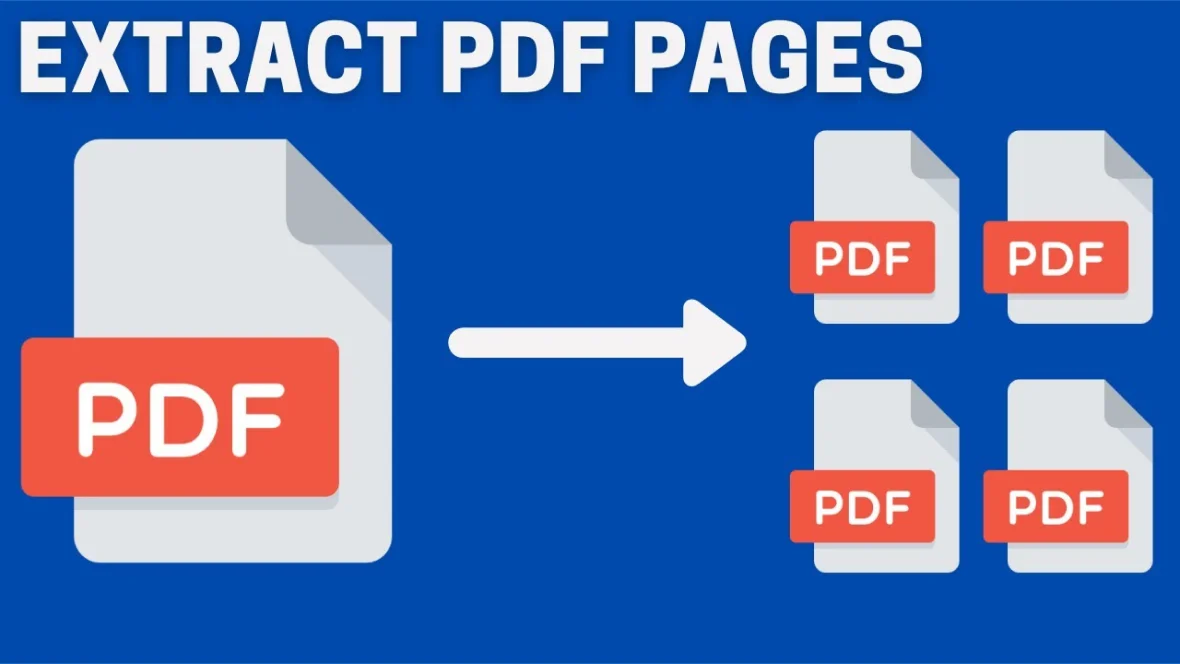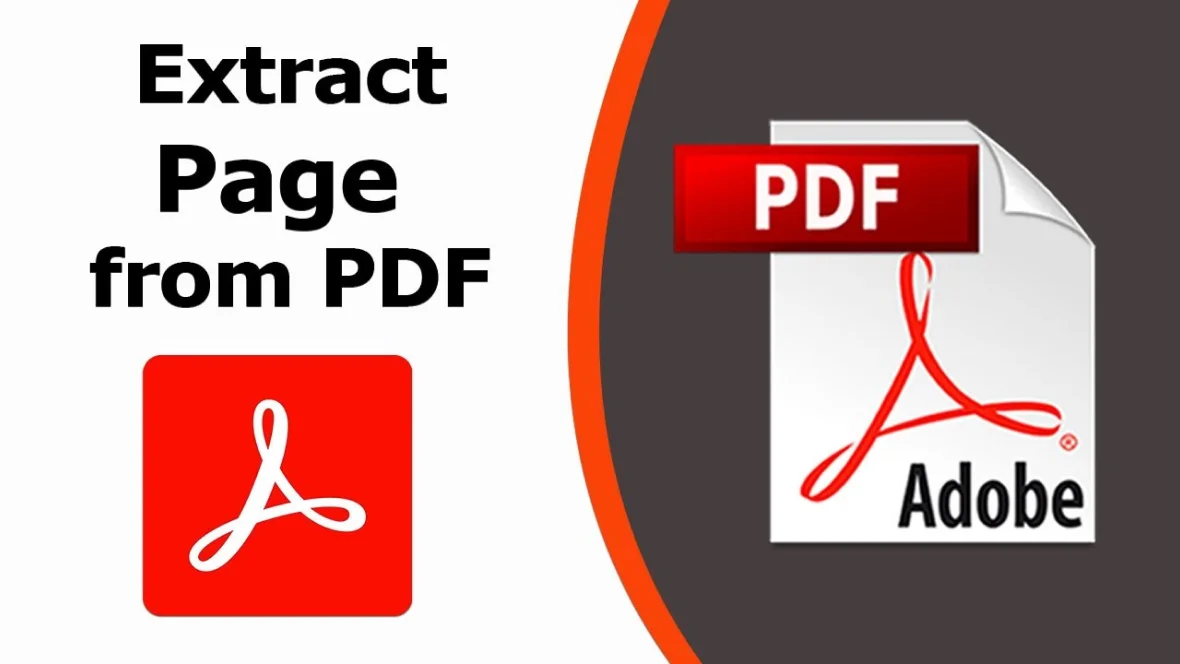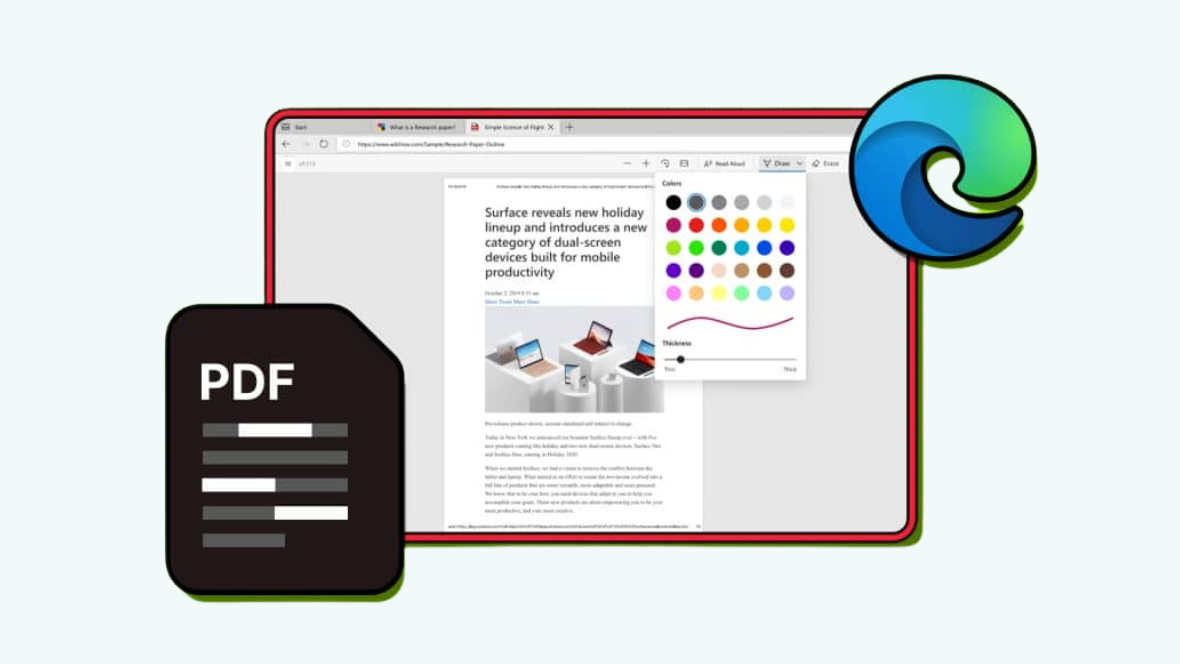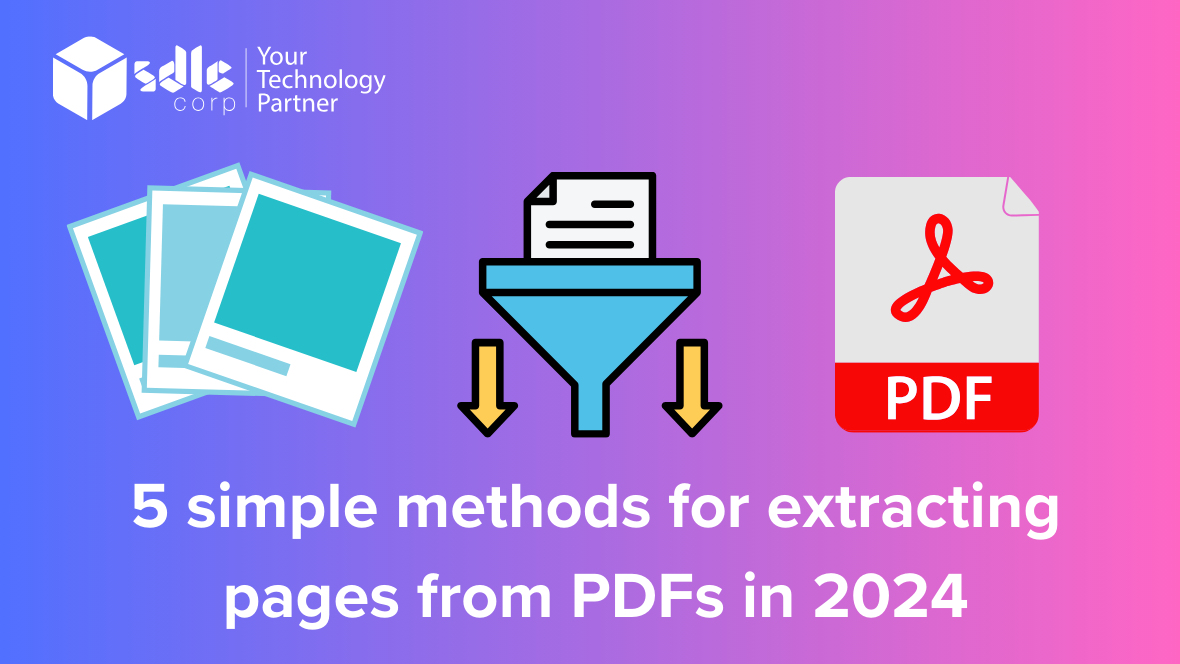In 2024, extracting pages from PDFs has become increasingly efficient and user-friendly, with numerous quick methods available. One common approach involves using specialized software or online tools designed for PDF manipulation. These tools often offer intuitive interfaces where users can simply upload their PDF files and select the specific pages they want to extract. Some advanced software even allows for batch processing, enabling users to extract multiple pages from multiple PDFs simultaneously.
Another method involves utilizing built-in features of popular operating systems such as Windows, macOS, or Linux. These systems often come with basic PDF viewing and editing capabilities that allow users to extract pages directly from the native file viewer. This method is convenient for those who prefer to work within their operating system’s environment without installing additional software.
Furthermore, programming languages like Python provide libraries such as PyPDF2 or pdfplumber, enabling users to write scripts for extracting pages programmatically. This approach offers flexibility and customization options for users with coding experience, allowing them to integrate PDF extraction into automated workflows or applications.
Moreover, online services have emerged as a convenient solution for users who prefer not to download or install software. These web-based platforms offer straightforward interfaces where users can upload their PDF files and extract pages with just a few clicks. Additionally, some of these services offer OCR (Optical Character Recognition) functionality, allowing users to convert scanned PDF images to text.
How its work ?
In 2024, extracting pages from PDFs has become increasingly streamlined, offering users several quick methods to accomplish this task. One efficient approach is to utilize specialized software designed for PDF management, such as Adobe Acrobat or online platforms like Smallpdf or PDF2Go. These tools typically offer intuitive interfaces, allowing users to select the desired PDF file and specify the pages to extract with just a few clicks. Another method involves using built-in features within operating systems or productivity software. For instance, modern versions of Windows and macOS often include native PDF viewers with basic editing functionalities, including page extraction. Similarly, productivity suites like Microsoft Office and Google Workspace may offer plugins or built-in functionality for handling PDFs, enabling users to extract pages directly within their preferred document editing environment.
Lastly, for those seeking a more manual approach, many modern web browsers support opening and viewing PDF files directly within the browser window. Users can then utilize browser-based tools or extensions to extract pages as needed. Additionally, converting PDFs to other formats like Word or Google Docs can provide alternative means of extracting specific content. In Google Docs specifically, users can insert PDF images directly into their documents by selecting “Insert” > “Image” > “Upload from computer” and choosing the PDF file containing the desired image. This integration streamlines the process of incorporating PDF to Google Docs documents, offering users flexibility in managing their digital documents seamlessly.

Why do we need to extract pages from PDFs?
Extracting pages from PDFs serves various purposes in different contexts. One common reason is to create smaller, more manageable PDF files by removing unnecessary pages or extracting specific sections of interest. This can be particularly useful for sharing relevant information with others or for organizing content for personal use.
Moreover, extracting pages allows users to repurpose content for different purposes. For example, someone may want to extract pages from a lengthy report to create a summary document or to isolate specific data for analysis. In educational settings, teachers or students might extract pages from textbooks or research papers to focus on particular topics or chapters.
Additionally, extracting pages from PDFs can facilitate collaboration and streamline workflows. When working on group projects or sharing documents with colleagues, individuals may need to extract specific pages to distribute to team members or to combine with other materials. This process helps improve efficiency by reducing the need to share entire documents unnecessarily.
Furthermore, integrating PDF content into other platforms or applications often requires extracting pages. For instance, users may want to add PDF content to Google Docs for collaborative editing, sharing, or further formatting. By extracting relevant pages and importing them into Google Docs, users can leverage the collaborative features of the platform while maintaining the integrity of the original PDF content.
In summary, the need to extract pages from PDFs arises from various requirements such as reducing file size, repurposing content, facilitating collaboration, and integrating with other platforms like Google Docs. This process enhances productivity and flexibility in handling PDF documents across different tasks and workflows.
1. Extract pages from a PDF manually
A. Open the PDF
B. Navigate to the Page
Scroll through the PDF document until you find the page or pages you wish to extract. Use the scroll bar or page navigation options provided by your PDF viewer to locate the specific pages accurately.
Ready to pen your winning ICO whitepaper? Let's begin!

C. Select the Pages
D. Copy the Selected Content
E. Open a Document Editor
Open a document editor such as Microsoft Word, Google Docs, or any other text editing software where you want to paste the extracted pages. Create a new document or open an existing one where you want to insert the extracted content.
F. Paste the Extracted Content
Click inside the document editor where you want to insert the extracted pages and right-click to bring up the context menu. Choose the “Paste” option or use the keyboard shortcut Ctrl + V (Command + V on macOS) to paste the copied content into the document. The extracted pages should now appear within the document editor.
G. Save the Document

2. Extract pages from PDFs using Adobe Acrobat
A. Open the PDF
B. Access the Page Thumbnails Pane
C. Select Pages to Extract
D. Extract the Selected Pages
E. Configure Extraction Settings (Optional)
F. Complete the Extraction Process
Once you’ve configured the extraction settings, click on the “OK” or “Extract” button to initiate the extraction process. Adobe Acrobat will then proceed to extract the selected pages according to your specified settings.
G. Save the Extracted Pages
3. Use online PDF splitters
A. Choosing a Reliable Online PDF Splitter
B. Uploading the PDF File
C. Specifying Pages to Extract
D. Initiating the Splitting Process
E. Downloading Extracted Pages
F. Optional Additional Features
Some online PDF splitters may offer additional features beyond basic page extraction, such as merging multiple PDF files, compressing PDFs, or converting PDFs to other formats. Users can explore these features if needed, depending on their specific requirements.

4. Use an open-source PDF extraction software
Utilizing open-source PDF extraction software presents an accessible and cost-effective solution for businesses, particularly in managing accounts payable processes efficiently. Open-source software, such as PDFtk (PDF Toolkit), Apache PDFBox, or Tabula, offers users the ability to extract specific data or pages from PDF documents without the need for expensive proprietary tools. These tools are often community-driven projects, developed and maintained by volunteers or organizations dedicated to fostering collaborative software development.
In the context of accounts payable, where businesses frequently deal with a high volume of invoices and financial documents in PDF format, open-source PDF extraction software can play a crucial role. By leveraging these tools, accounts payable teams can automate the extraction of key information from invoices, such as vendor details, invoice numbers, dates, and line item details. This automation streamlines the invoice processing workflow, reducing manual data entry errors and accelerating the overall processing time.
5. Automate OCR tool ata extraction with an AI-powered
Automating data extraction with AI-powered Optical Character Recognition (OCR) tools represents a cutting-edge approach to efficiently extracting information from PDFs and other documents. In 2024, these tools have advanced significantly, harnessing the power of artificial intelligence and machine learning algorithms to accurately recognize and extract text from images, scanned documents, and PDFs with unparalleled precision.
At the heart of these AI-powered OCR tools lies sophisticated deep learning models trained on vast datasets of diverse document types. These models are capable of recognizing not only standard fonts but also handwritten text, varying layouts, and even languages with complex scripts. This level of adaptability makes them invaluable for automating data extraction tasks across a wide range of document types and languages.
The process begins with uploading the PDF or image file containing the target data into the OCR tool’s interface, which is typically accessible through a web application or desktop software. Once uploaded, the OCR engine analyzes the document, identifying textual elements and converting them into editable, machine-readable text.
One of the key advantages of AI-powered OCR tools is their ability to handle large volumes of documents swiftly and accurately. Whether processing invoices, receipts, legal documents, or research papers, these tools can extract relevant data points such as names, dates, amounts, and addresses with remarkable speed and efficiency.
Ready to pen your winning ICO whitepaper? Let's begin!

FAQs
Q: Are these methods applicable to all types of PDF files?
Q: Do I need to install any special software or tools to extract pages from PDFs?
Q: Can I extract multiple pages at once using these methods?
Q: Will the original PDF file be altered or damaged during the extraction process?
No, the extraction methods outlined in 2024 are designed to preserve the integrity of the original PDF file. When extracting pages, the original file remains unchanged, and only the specified pages are copied or saved as a separate document. This ensures that the original PDF remains intact for future reference or use.
Q: Can I extract pages from password-protected PDFs using these methods?
It depends. While some methods may support extracting pages from password-protected PDFs, additional steps may be required to provide the necessary credentials or permissions. In cases where the PDF is encrypted or restricted, users may need to enter the password or obtain authorization before proceeding with the extraction process. However, it’s essential to respect the security measures in place and only extract pages from PDFs for which you have proper authorization.















